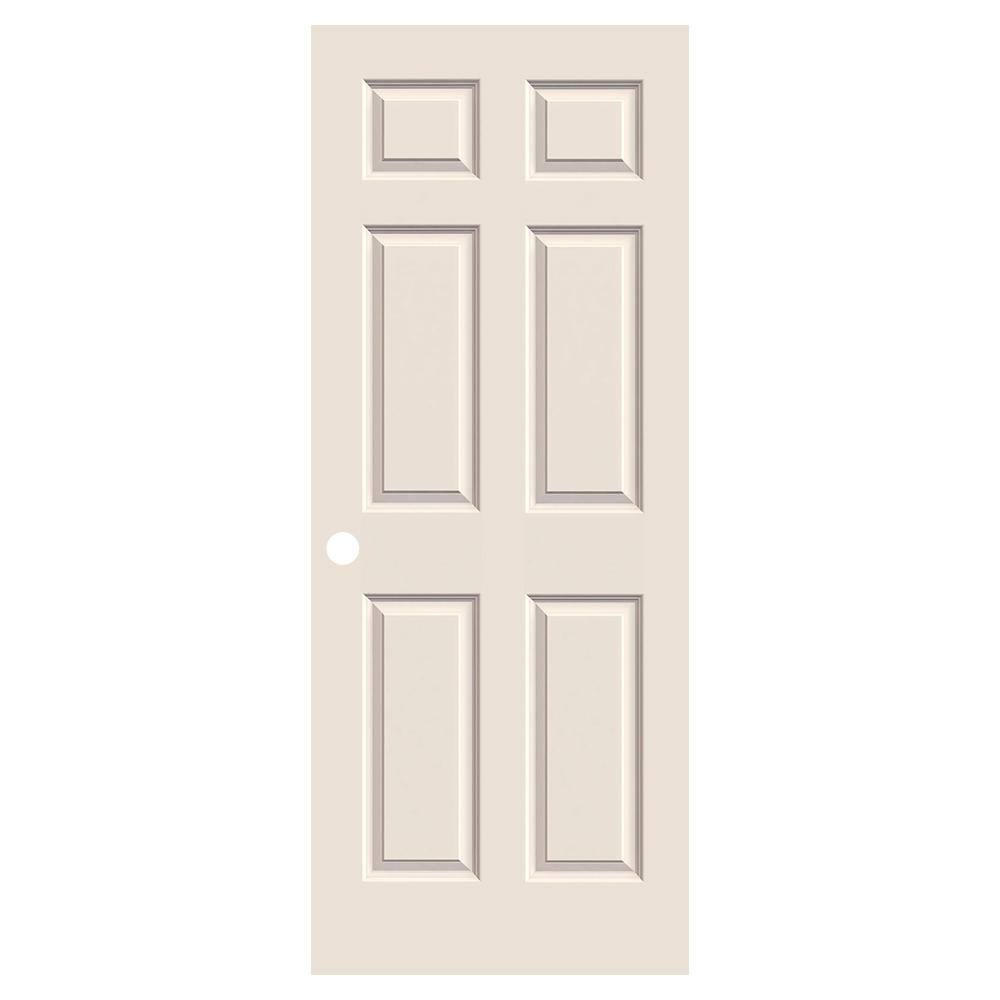Crafting a compelling interior space extends past the simple arrangement of fixtures or the choice of color palettes. It is about blending fabrics and designs to add depth and personality, turning a property into a sanctuary. As we examine the current interior design trends, we uncover how to integrate different components, from opulent fabrics to natural finishes, ensuring that each space exhibits a cohesive aesthetic while also narrating its distinct story.
In the dynamic landscape of interior design and building, understanding color psychology and the role of building materials can substantially enhance the atmosphere of any space. Whether you are starting a home remodel or simply looking to update your living areas, this knowledge into the art of mixing textures and patterns will encourage you to enhance your spaces. Join us as we explore practical suggestions and expert advice that can instantly upgrade your spaces and make a lasting impact.
Creating Unified Spaces
Reaching a cohesive style among spaces is important for interior design, since it promotes a seamless flow throughout the home. To begin, develop a consistent hue palette that connects different areas together. Selecting one or two primary colors and pairing them with shades and tones that coordinate creates continuity across the spaces, causing transitions feel organic rather than sudden.

Next, reflect on the application of textiles and materials to unify the design. Fabrics such as drapes, carpets, and upholstered furniture can reinforce your chosen hue scheme while bringing in varied textures. Mixing materials like wood, metal, and glass also provides depth, but ensure they harmonize with each other aesthetically to preserve the cohesive feel. This fusion of color and texture helps create an inviting atmosphere that complements the unique features of each room.
Finally, include a common design element or motif that reflects your personal style throughout your home. This could be a particular architectural feature, artwork style, or decorative motif that appears in various forms in different spaces. Consistent design elements serve as visual guides, leading the eye from one area to another while improving the overall narrative of your interior design. With thorough planning and attention to detail, you can create a harmonious environment that feels unified. spintax ### Innovative Design Trends
In recent years, textures have emerged as a key element in interior design, providing depth and interest to spaces. Designers are more and more blending various materials such as wood, metal, and textiles to create strata that enhance the overall aesthetic. This trend pushes the boundaries of traditional design by playing with bold combinations, showcasing how different textures can complement each other beautifully. For instance, pairing a rustic reclaimed wood wall with sleek metal accents can create a stunning visual contrast that captivates the eye.
Another noteworthy trend is the incorporation of smart technology into home design. Homeowners are looking for convenience and efficiency, leading designers to incorporate tech-savvy solutions that fit effortlessly with interiors. From Coastal Haven Tampa Bay that adjust according to the time to smart thermostats that learn your habits, technology is transforming our daily living and interact with our spaces. This trend not only adds to the modern appeal of a home but also promotes energy efficiency and sustainability.
Sustainable design continues to gain traction as more individuals grow conscious of the impact of their choices on the environment. Reclaimed and recycled materials are being used creatively in both construction and decor, contributing to a greener future without sacrificing style. Eco-friendly options, such as paints with low volatile organic compounds and organic materials, are becoming standard choices in homes, allowing designers to create beautiful interiors that prioritize health and sustainability. As these trends progress, they reflect a shift towards spaces that are not only visually appealing but also align with a more responsible lifestyle.
Sustainable Interior Design
Integrating green resources into your interior design can greatly reduce your ecological impact while creating appealing areas. Options such as reclaimed wood, bamboo flooring, and recycled glass surfaces not only offer unique design charm but also support sustainability. Choosing paints and finishing products with minimal volatile organic compounds can enhance indoor air quality, making your living space healthier for its residents. As more property owners become aware of their environmental impacts, these resources become increasingly popular in both new builds and upgrades.
Smart tech is also a crucial aspect of eco-friendly home decor. Using https://posteezy.com/impact-home-staging-how-exactly-design-affects-home-sales , energy-efficient illumination, and automated systems can enhance energy consumption throughout the property. These devices not only reduce energy usage but also provide simplicity and increased comfort. Homeowners can observe their energy usage in real time, allowing it easier to embrace greener habits and reduce utility bills. As the market for smart home technologies continues to expand, they are becoming more available and easier to embed into multiple design styles.
Finally, eco-friendly construction practices play a important role in the entire design strategy. navigate here with builders who emphasize eco-friendly methods can minimize waste and secure efficient use of materials. Utilizing locally produced resources reduces transportation costs, while effective insulation techniques help regulate temperature and cut energy costs. By embracing these methods, residents can create beautiful environments that demonstrate their dedication to sustainability while enjoying the perks of contemporary aesthetic.
